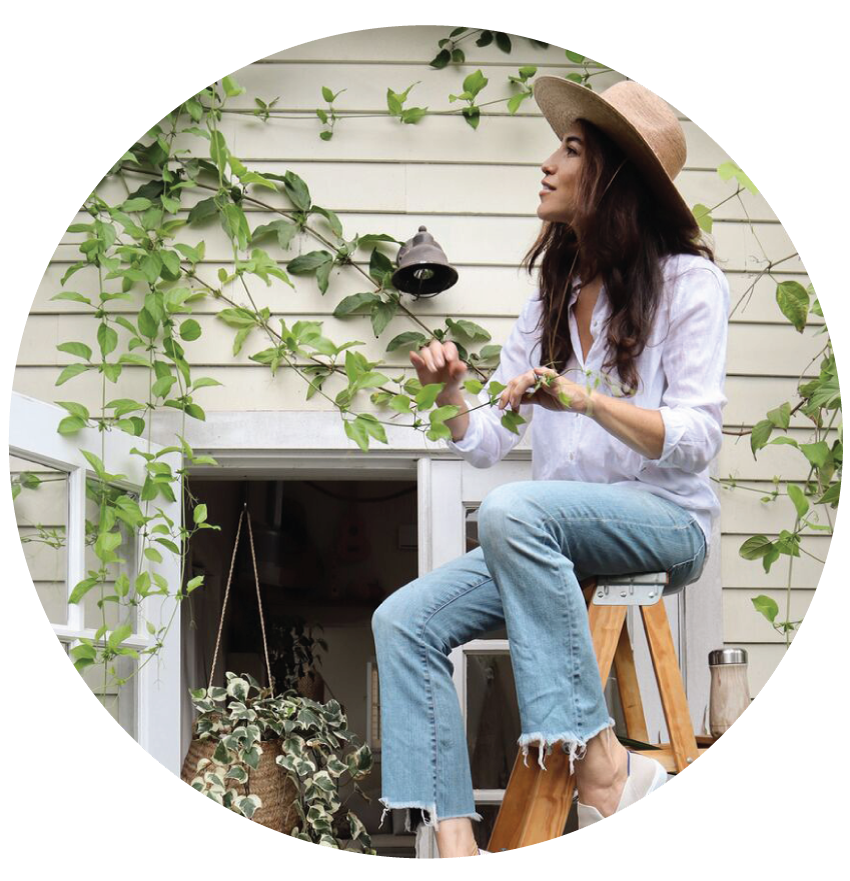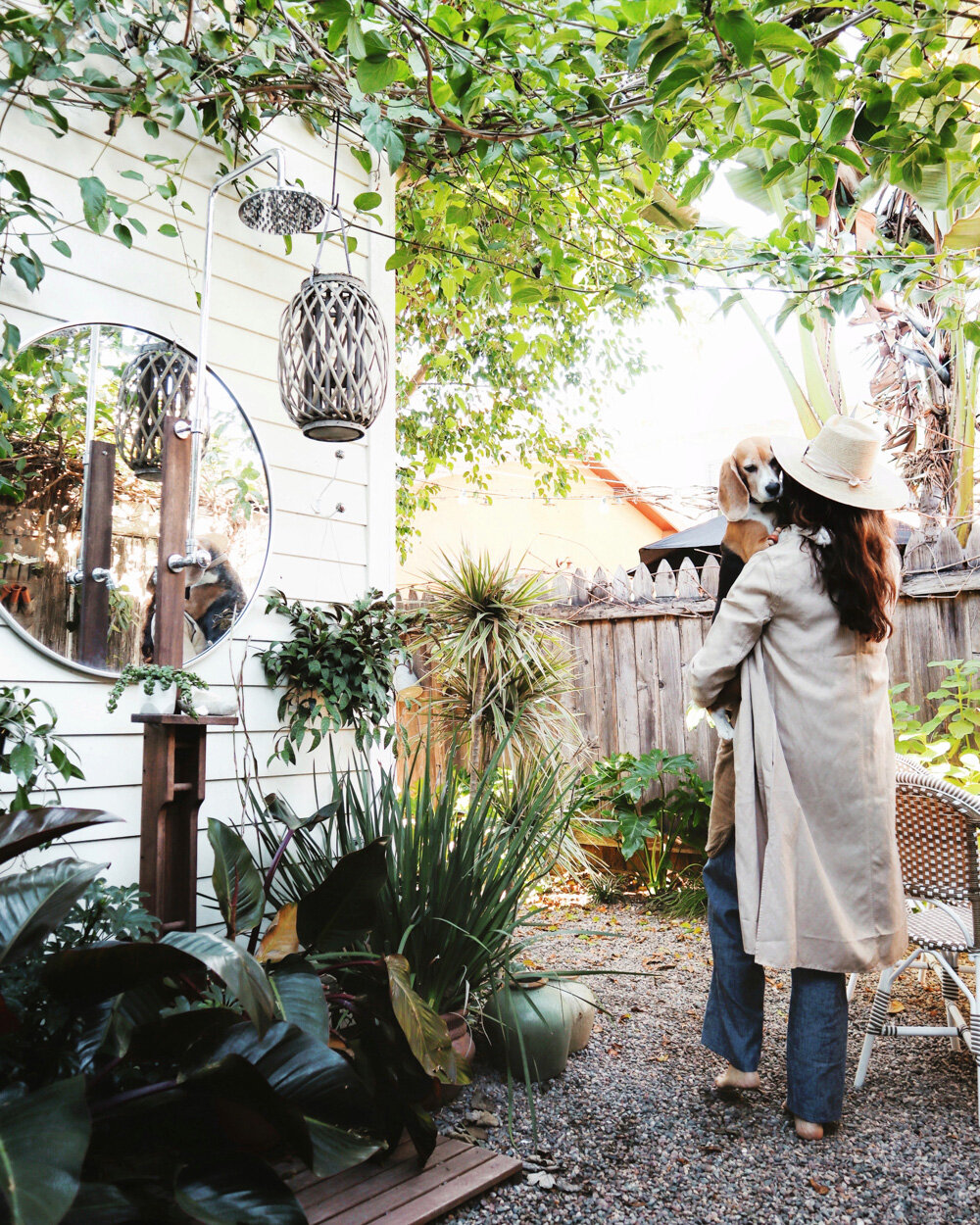Some Items You Can Probably Go Without (Part 13)
In recent years, the average size of the American single-family home has grown to over 2,600 square feet. As I walk around our neighborhood and see the smaller, still livable, single-story bungalows being torn down and replaced with zero-lot-line behemoths, I can’t help but wonder why… (For investment purposes? And if so, to what end, ultimately?)
Not only are we living in an unprecedented time during which we have to do everything necessary to curb our emissions and consumption to combat the climate crisis, but we are also living in a technological era in which entire collections of goods that once lived in our homes are now contained within our smart devices.
If we’re spending more time absorbed in our phones and less time interacting with the tangible, and if items such as movies, music collections, reference guides, books, photo albums, and more all live digitally, why do our homes need to further expand? And expand in ways that are often highly environmentally burdensome?
Of course it's important to note that a bigger house doesn't necessarily mean more stuff, and that I am indeed excited about green construction in the future. Homes that operate with renewable energy, “smart” features that keep energy down and efficiency high, and self-sustaining systems that better manage waste while generating power and resources are possibilities on the horizon. I’m not suggesting that tiny houses/apartments are “the” answer or suitable for everyone.
Our son is only 3, and as I type this post, he is the only child in our household. I have yet to live this tiny life as a parent of a pre-teen/teen or of multiple children. One day, one way or another, my family's needs and tastes will change, and I have no idea what’s next for us.
But as we adapt to the future, I plan to keep in mind that leaving behind a sprawling home filled with stuff for my son is not my goal, whereas leaving behind a healthy Earth for his entire generation is.
With that, here are some home / kitchen items you can probably go without, whether you live in a big house or a small one. (View all the entries in this series here.)
Faux plants and florals
The world needs far more plants and far less plastic. I know there are some situations that make having real plants a challenge, but if you’re not in one of those situations, perhaps consider skipping the artificial greenery and nurturing some air cleaning plants instead. (Bonus points for vintage and repurposed pots! Give those plastic starter pots back to your local plant nursery so they can reuse them.)
Select sports / camping equipment
If you’re not a regular player of a particular sport, opt to borrow or rent athletic and adventure equipment when you need it. This will save you money, free up storage space, and reduce your footprint.
Spinners, Choppers (etc)
Salad spinners, veggie choppers… unless you use them daily to feed large numbers of people, you probably don’t need them. We’re all saying we want to slow down, so let’s do it. Wash that fresh lettuce by hand, chop those veggies or eggs one by one, and let your toast fall sideways on your plate— it’ll all taste just as delicious.
Fridge containers
Add-on plastic produce keepers, egg holders, soda can organizers, novelty ice cube trays… you don’t need them. Linen produce bags— such as those by Ambrosia and The Swag — can help extend the life of your produce and reduce your food waste without the use of plastic, and without taking up huge amounts of inflexible space in a compact fridge.
Stands
Laptop storage stands, paper towel stands, banana hanger stands, and napkin holders all take up space and ultimately increase waste in one way or another. It’s past time to cut our dependency on disposable paper towels + napkins, which means we don’t need stands to hold them. And there are plenty of ways to suspend fruit to save space via simple hooks or vintage / repurposed baskets. Get creative when getting your fruit up off the counter— it’ll make your home that much more unique.









